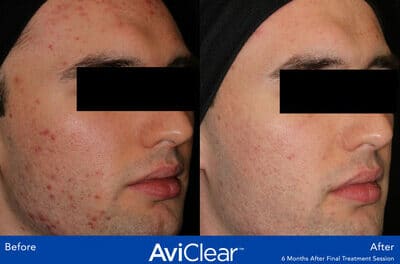
New research suggests that they just may be.
When algae’s natural sunscreen molecules, which can also be found in reef fish mucus and microorganisms, are combined with chitosan, a biopolymer from crustacean shells, it stands up well in heat and light, and absorbs both ultraviolet A and ultraviolet B radiation with high efficiency.
This is the main finding from a study in the journal ACS Applied Materials & Interfaces.
Existing sunblock lotions work by absorbing ultraviolet rays or by physically blocking them, and while a variety of synthetic and natural compounds can accomplish this, most commercial options have limited efficiency, pose risks to the environment and human health, or are not stable.
“[Algae-based sunscreen has] the potential to provide an efficient protection against both types of UV radiations and overcome several shortfalls of the current UV-protective products,” they conclude. “In practice, the same concept can be applied to other biopolymers than chitosan and used to produce multifunctional materials. Therefore, it has a great potential to be exploited in a broad range of applications in living organisms and nonliving systems.”



